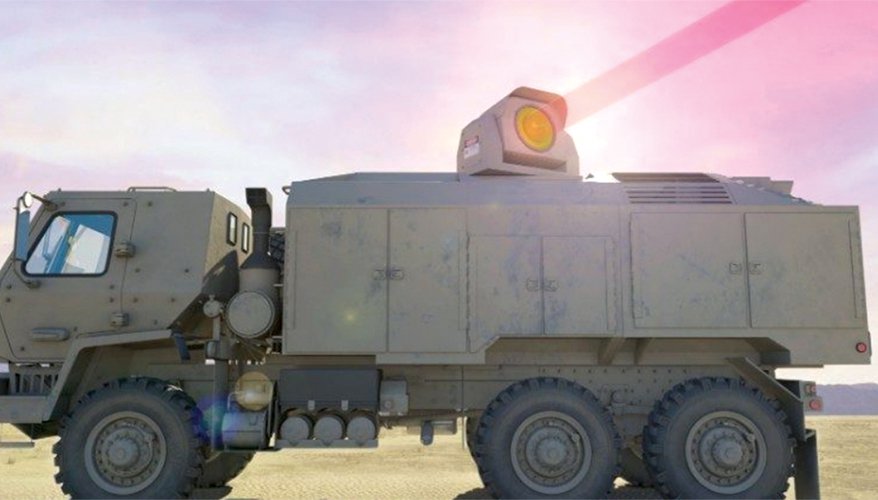Already a subscriber? Make sure to log into your account before viewing this content. You can access your account by hitting the “login” button on the top right corner. Still unable to see the content after signing in? Make sure your card on file is up-to-date.
The US Army is advancing its capabilities with the deployment of its newest laser weapon in the Middle East, signaling a broader shift towards enhanced directed-energy systems to address the increasing challenge of adversary drones.
General Michael “Erik” Kurilla, the chief of US Central Command, emphasized the need for continued investment in both “high-powered microwaves” and high-energy lasers during a Senate Armed Service Committee hearing. General Kurilla said, “The bigger concern is if you start talking about swarms, so we need to continue to invest in things like high-powered microwave to be able to counter a drone swarm that is coming at you. I mean, nothing is 100%. And at some point, the law of statistics will come up to you. You have to have layered defense.”

Directed-energy weapons offer a strategic advantage by neutralizing incoming drones and missiles. High-energy lasers focus a narrow beam of energy to destroy threats. At the same time, high-powered microwaves generate electromagnetic interference to disable a broader range of electronics, offering a more comprehensive area defense against complex drone attacks. The Defense Department’s current focus includes over 31 directed-energy projects, with significant investments aimed at enhancing these capabilities to address the evolving threat landscape.
The urgency of deploying directed-energy weapons has been in direct response to the recent increase in low-cost drone attacks against US forces in the Middle East, attributed largely to Iran-backed militias. These attacks have resulted in casualties and highlighted the imminent threat posed by drones.






